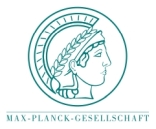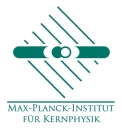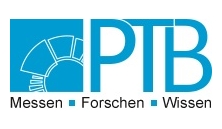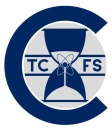Max Planck-RIKEN-PTB Center for
Time, Constants and Fundamental SymmetriesAdvanced ion traps and ion manipulation techniques
Involved senior scientists and institutions in alphabetical order:
K. Blaum,
J. R. Crespo ![]() ,
T. Mehlstäubler,
A. Mooser
,
T. Mehlstäubler,
A. Mooser ![]() ,
C. Ospelkaus
,
C. Ospelkaus ![]() ,
T. Pfeifer,
P. Schmidt,
C. Smorra
,
T. Pfeifer,
P. Schmidt,
C. Smorra ![]() ,
S. Sturm
,
S. Sturm ![]() ,
T. Udem,
S. Ulmer –
MPIK,
MPQ,
PTB,
RIKEN
,
T. Udem,
S. Ulmer –
MPIK,
MPQ,
PTB,
RIKEN
Classical Penning-trap spectroscopy is approaching towards reaching parts per trillion
limits, then limited by manufacturing uncertainties, magnetic field stability, and particle-trap
interaction. To overcome these levels of precision, novel trap designs, detectors at
higher sensitivity, faster measurement cycles and advanced magnetic shielding systems
will be required. In the line of the general improvement of the performance of Penning-trap
experiments or ion trap experiments in general, it is planned to implement 7-electrode Penning traps,
double magnetic bottle traps, and three-dimensional selfshielding
coil-systems. Implementation of advanced quantum logic techniques in Penning
traps require novel trap geometries and optical access for lasers and fluorescence
detection. Coupling of atomic ions to protons is facilitated by small and microfabricated
trap geometries because the coupling rate scales as the inverse third power of the
distance. Motional control over atomic ions in Penning traps combined with high coupling
rates will enable full control over motional states at the single quantum level of single
(anti-)protons, enabling deterministic motional state initialization. To achieve these goals,
micro-structured Penning trap arrays, motional state preserving transport techniques and
stimulated-Raman laser sources for spin-motional couplings in Penning traps will be
jointly developed. Ultimately, it may be possible to bring entanglement-enhanced
metrology to the realm of subatomic particles.
High-resolution spectroscopy in Paul traps has reached estimated inaccuracies of a few
parts in 10-18 for a single ion. However, to realize such a resolution in a frequency
comparison within a reasonable averaging time, multiple ions need to be probed. This
demands for the development of linear ion traps based on microfabricated three-dimensional
chip traps and shift suppression techniques that facilitate low systematic
uncertainties for a chain or even a cloud of trapped ions. Similar traps at cryogenic
temperatures with the possibility to inject highly charged ions are required for high-resolution
spectroscopy this promising new group of ions. Motional heating and drifts in
oscillation frequencies will be overcome by developing a quasi-monolithic
superconducting RF-resonator trap. These developments will provide unsurpassed control
over subatomic particles, strings of singly charged ions, and highly charged ions with
applications in precision spectroscopy and fundamental physics. These goals can only be
achieved by joining the complementary expertise from the involved groups.





